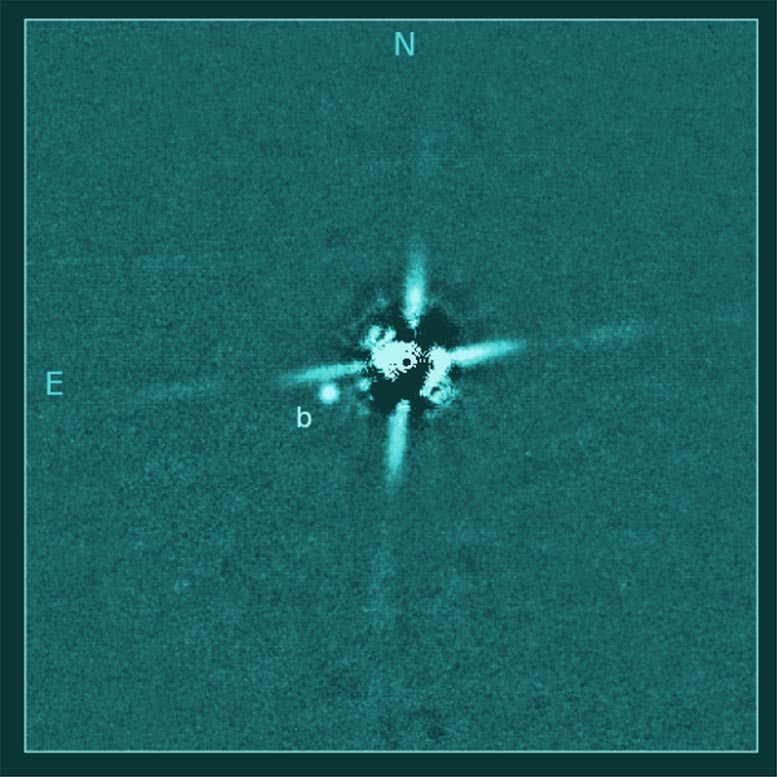
Discovery image of the planet 2M0437, which lies about 100 times the Earth-Sun distance from its parent star. The image was taken with the Subaru Telescope on Maunakea. The much-brighter host star has been mostly removed, and the four “spikes” are artifacts produced by the optics of the telescope. Credit: Subaru Telescope and Gaidos, et al. (2021)
One of the youngest planets ever found around a distant infant star has been discovered by an international team of scientists led by University of Hawai’i at Manoa faculty, students, and alumni.
Thousands of planets have been discovered around other stars, but what sets this one apart is that it is newly formed and can be directly observed. The exoplanet, named 2M0437b, joins a handful of objects advancing our understanding of how planets form and change with time, helping shed new light on the origin of the Solar System and Earth. The in-depth research was recently published in Monthly Notices of the Royal Astronomical Society.
“This serendipitous discovery adds to an elite list of planets that we can directly observe with our telescopes,” explained lead author Eric Gaidos, a professor in the UH Manoa Department of Earth Sciences. “By analyzing the light from this planet we can say something about its composition, and perhaps where and how it formed in a long-vanished disk of gas and dust around its host star.”
The researchers estimate that the planet is a few times more massive than Jupiter, and that it formed with its star several million years ago, around the time the main Hawaiian Islands first emerged above the ocean. The planet is so young that it is still hot from the energy released during its formation, with a temperature similar to the lava erupting from Kilauea Volcano.
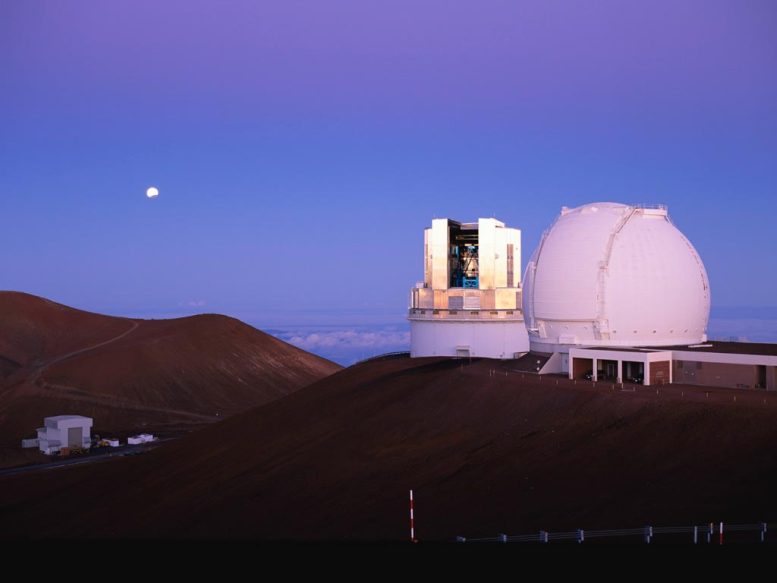
Subaru Telescope and Keck Observatory on Maunakea. Credit: University of Hawaii Institute for Astronomy
Key Maunakea telescopes
In 2018, 2M0437b was first seen with the Subaru Telescope on Maunakea by UH Institute for Astronomy (IfA) visiting researcher Teruyuki Hirano. For the past several years, it has been studied carefully utilizing other telescopes on the Mauna.
Gaidos and his collaborators used the Keck Observatory on Maunakea to monitor the position of the host star as it moved across the sky, confirming that planet 2M0437b was truly a companion to the star, and not a more distant object. The observations required three years because the star moves slowly across the sky.
The planet and its parent star lie in a stellar “nursery” called the Taurus Cloud. 2M0437b is on a much wider orbit than the planets in the Solar System; its current separation is about one hundred times the Earth-Sun distance, making it easier to observe. However, sophisticated “adaptive” optics are still needed to compensate for the image distortion caused by Earth’s atmosphere.
“Two of the world’s largest telescopes, adaptive optics technology, and Maunakea’s clear skies were all needed to make this discovery,” said co-author Michael Liu, an astronomer at IfA. “We are all looking forward to more such discoveries, and more detailed studies of such planets with the technologies and telescopes of the future.”
Future research potential
Gathering more in-depth research about the newly-discovered planet may not be too far away. “Observations with space telescopes such as NASA’s Hubble and the soon-to-be-launched James Webb Space Telescope could identify gases in its atmosphere and reveal whether the planet has a moon-forming disk,” Gaidos added.
The star that 2M0437b orbits is too faint to be seen with the unaided eye, but currently from Hawai’i, the young planet and other infant stars in the Taurus Cloud are almost directly overhead in the pre-dawn hours, north of the bright star Hoku’ula (Aldeberan) and east of the Makali’i (Pleiades) star cluster.
Reference: “Zodiacal Exoplanets in Time (ZEIT) XII: A Directly-Imaged Planetary-Mass Companion to a Young Taurus M Dwarf Star” by E. Gaidos, T. Hirano, A. L. Kraus, M. Kuzuhara, Z. Zhang, R. A. Lee, M. Salama, T. A. Berger, S. K. Grunblatt, M. Ansdell, M. C. Liu, H. Harakawa, K. W. Hodapp, S. Jacobson, M. Konishi, T. Kotani, T. Kudo, T. Kurokawa, J. Nishikawa, M. Omiya, T. Serizawa, M. Tamura, A. Ueda, S. Vievard, 26 October 2021, Monthly Notices of the Royal Astronomical Society.
DOI: 10.1093/mnras/stab3069
arXiv: 2110.08655
Contributors to this research include several UH graduate students and alumni: Rena Lee (Earth Science graduate student), Maïssa Salama (IfA graduate student), and IfA alumni Zhoujian Zhang, Travis Berger, Sam Grunblatt and Megan Ansdell.

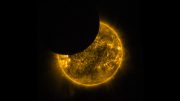
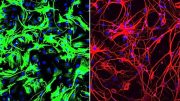

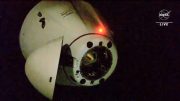
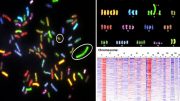

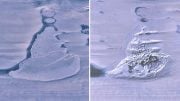

… where and how it formed in a long-vanished disk of gas and dust around its host star.”
——————————————-
The disk was not there – the planet was synthesized by a star. This is a molten ball in nuclear fusion reactions with a star corona temperature of + 6,000 C. And from the gas-dust protoplanetary disk can form either a belt of asteroids, or a pile of rocks with a space temperature in the nucleus and on the surface minus 180 * C, which looks a little like a sphere.
Without evidence you have no case, like the one astronomers have regarding planet formation [ https://en.wikipedia.org/wiki/Protoplanetary_disk ] and nuclear physicists have for that energy gaining fusion of stars do not produce heavier elements than iron.
Can you please take your pseudoscience to other sites than science sites, where it isn’t appreciated? Thanks!
The head is not just an extension of the neck or a stand for a hat)) – it is for thinking.
I saw further because I stood on the shoulders of Pavel Vasiliev and Max Planck. And someone will stand on my shoulders and see even further.
And the literary critic Torbjörn, who himself does not write anything, but only criticizes, does not restrain the technical progress of the earthlings.)
The problem is that you are using your head mostly for hat bearing. You score high on the crackpot index by appealing to real scientists (all the while disregarding that scientists would present evidence).
I repeat: Can you take your pseudoscience to other sites!? This isn’t the place for crackpottery.
The task of science is to destroy the wall of misunderstanding, to go beyond known knowledge.
I think you should leave this site as a brake on technical progress. Do not waste your life – go to sea to fish for the poor.
Here is by the way further well testing of planet formation from stellar disks from an article the day before:
“Stars and planets are formed from the same cosmic gas and dust. In the course of the formation process, some of the material condenses and forms rocky planets, the rest is either accumulated by the star or becomes part of gaseous planets. The assumption of a connection between the composition of stars and their planets is therefore reasonable and is confirmed, for example, in the solar system by most rocky planets (Mercury being the exception).”
“To determine whether the compositions of stars and their planets are related, the team compared very precise measurements of both. For the stars, their emitted light was measured, which bears the characteristic spectroscopic fingerprint of their composition. The composition of the rocky planets was determined indirectly: Their density and composition were derived from their measured mass and radius. Only recently have enough planets been measured so precisely that meaningful investigations of this kind are possible.”
“Using this Bern model the researchers were able to calculate the composition of this rock-forming material of the cooled-down star. “We then compared that with the rocky planets,” Christoph Mordasini says.
“Our results show that our assumptions regarding star and planet compositions were not fundamentally wrong: the composition of rocky planets is indeed intimately tied to the composition of their host star.””
“Statements can be made about how a planet was formed and how it has evolved using the “Bern Model of Planet Formation and Evolution.” The Bern model has been continuously developed at the University of Bern since 2003. Insights into the manifold processes involved in the formation and evolution of planets are integrated into the model. These are, for example, submodels of accretion (growth of a planet’s core) or of how planets interact gravitationally and influence each other, and of processes in the protoplanetary disks in which planets are formed. The model is also used to create so-called population syntheses, which show which planets develop how frequently under certain conditions in a protoplanetary disk.”
[ https://scitechdaily.com/planetary-composition-the-planet-does-not-fall-far-from-the-star/ ]
…there, there,there… and now that is a music hit…